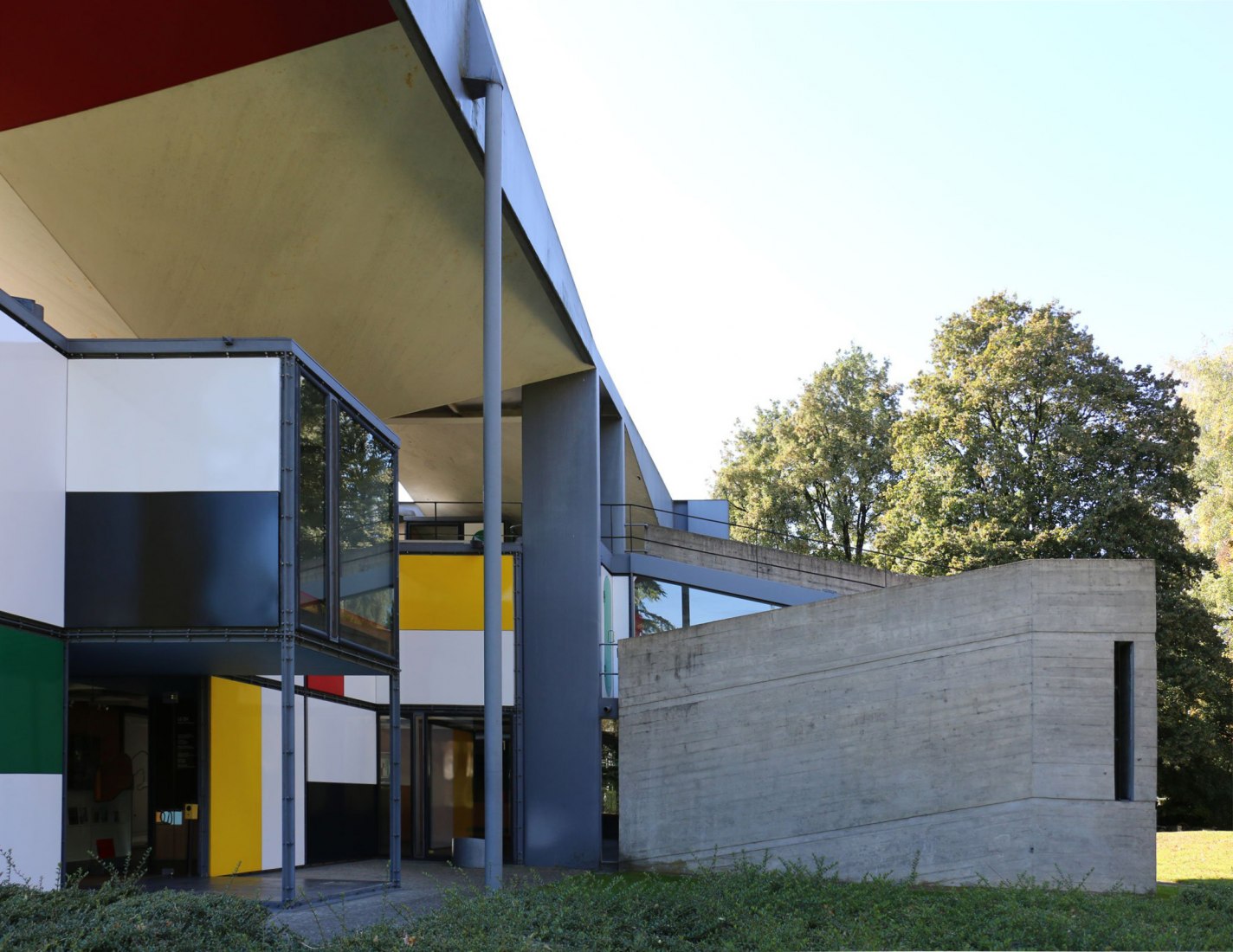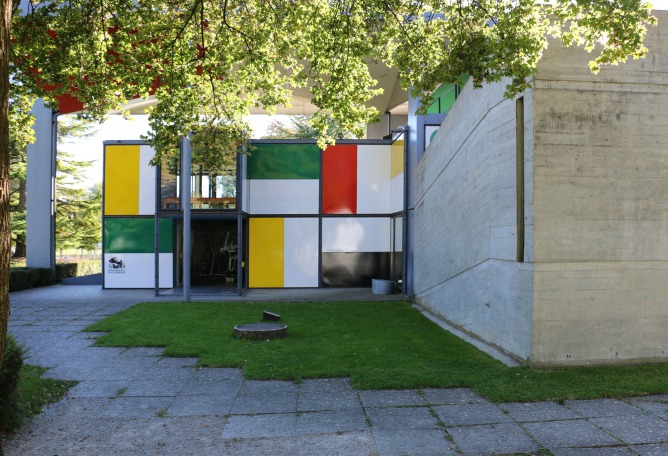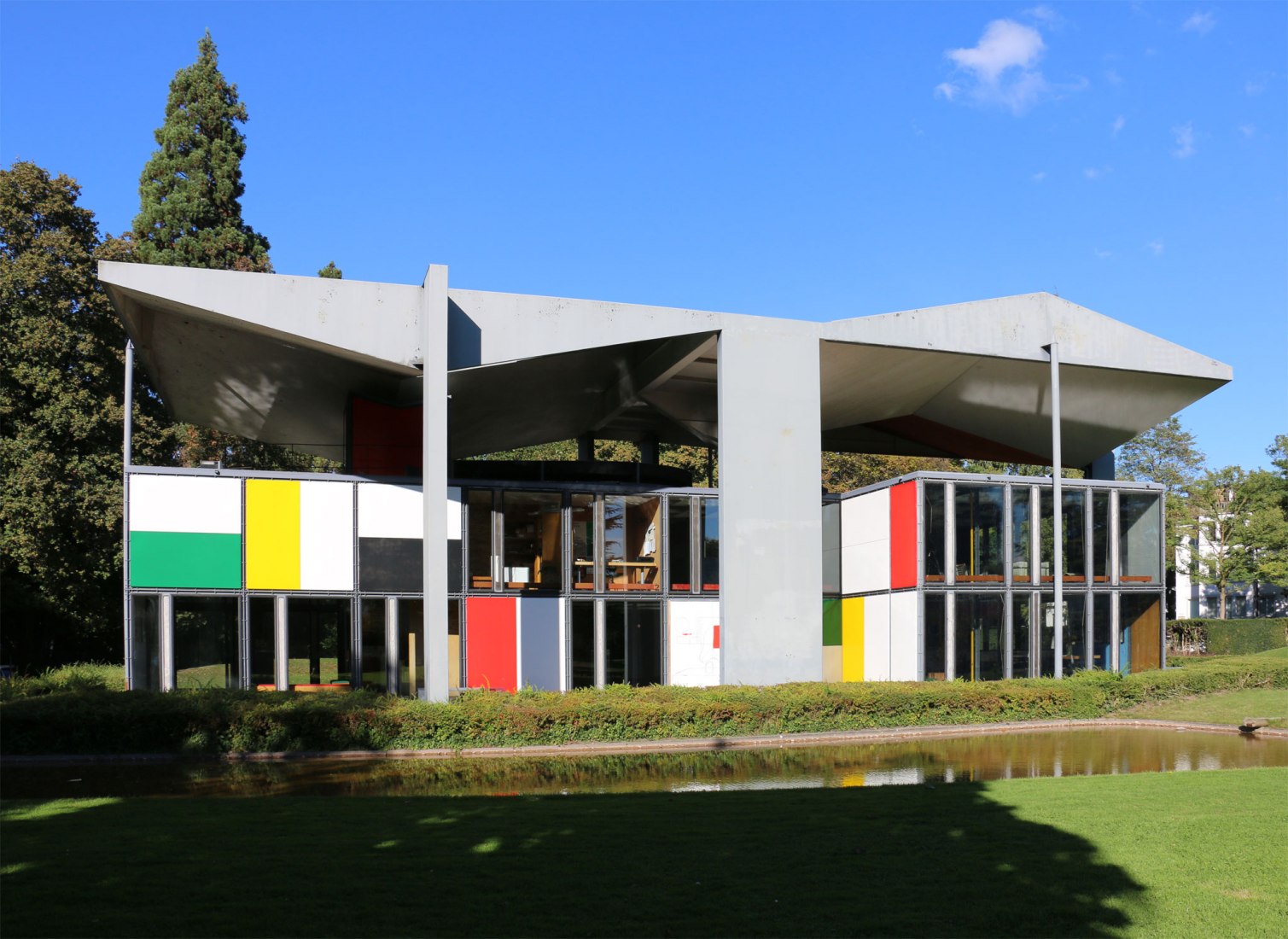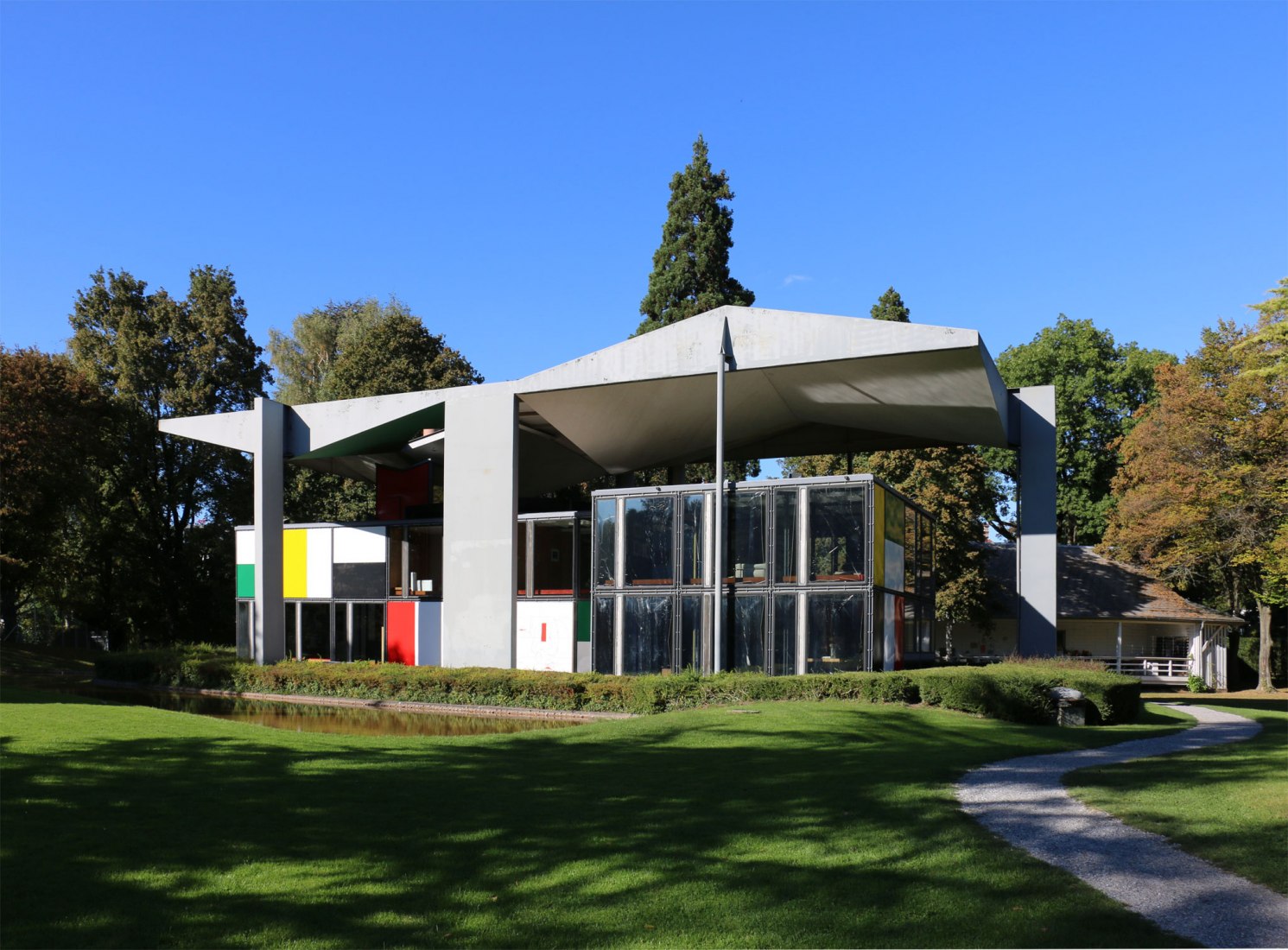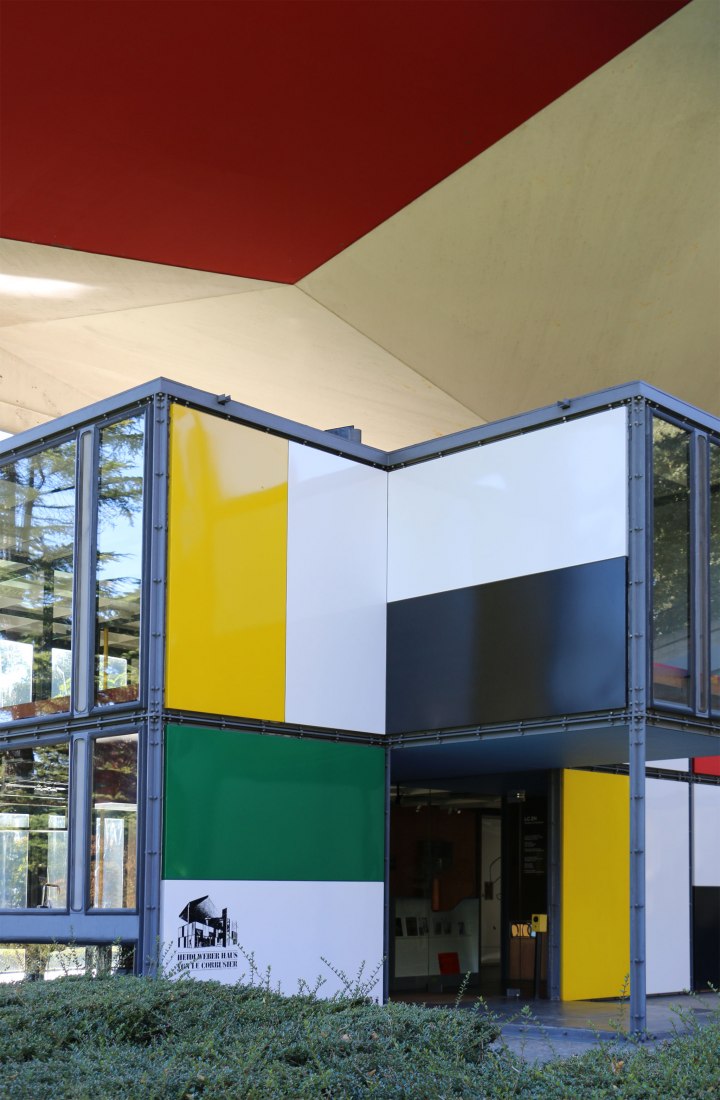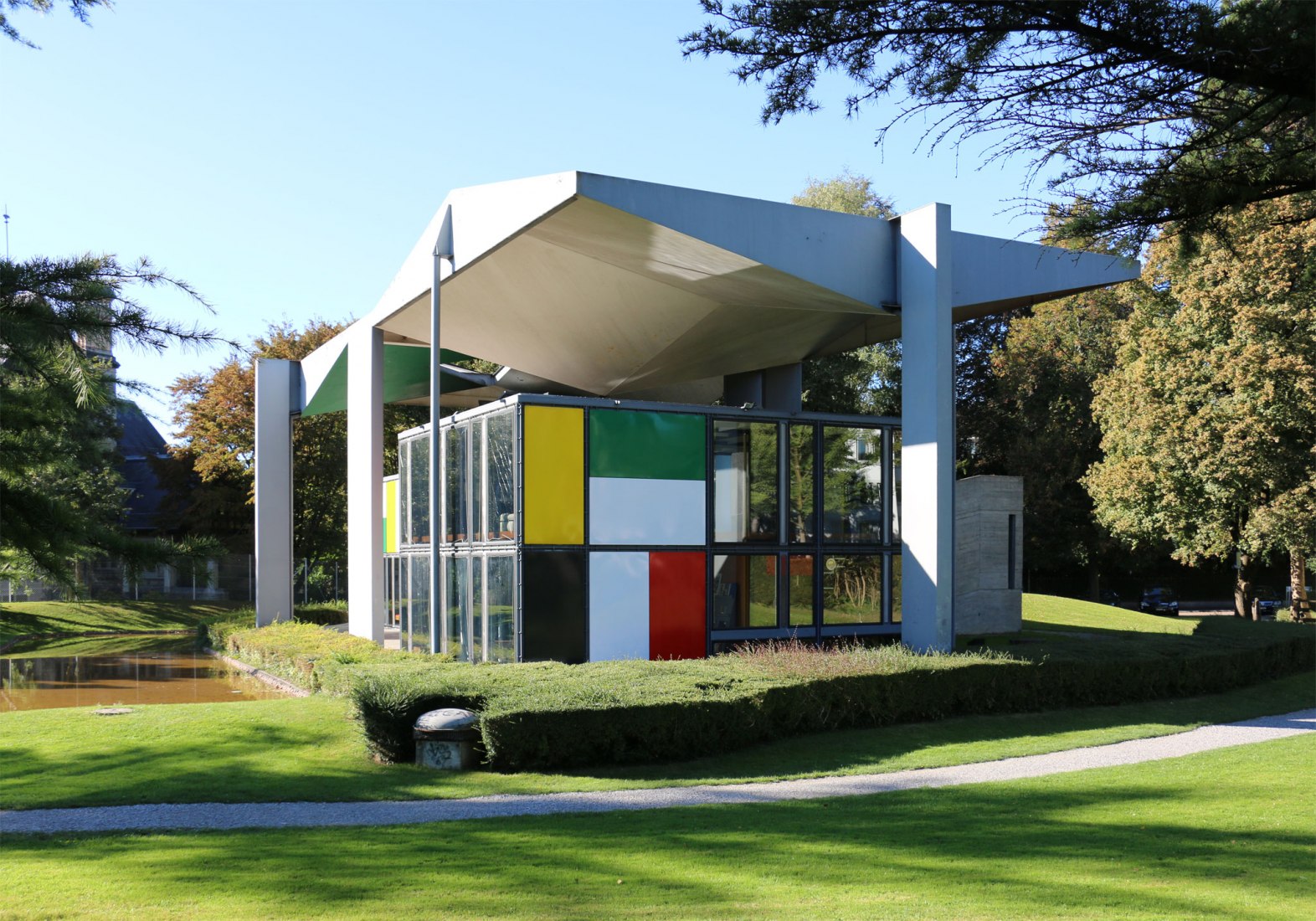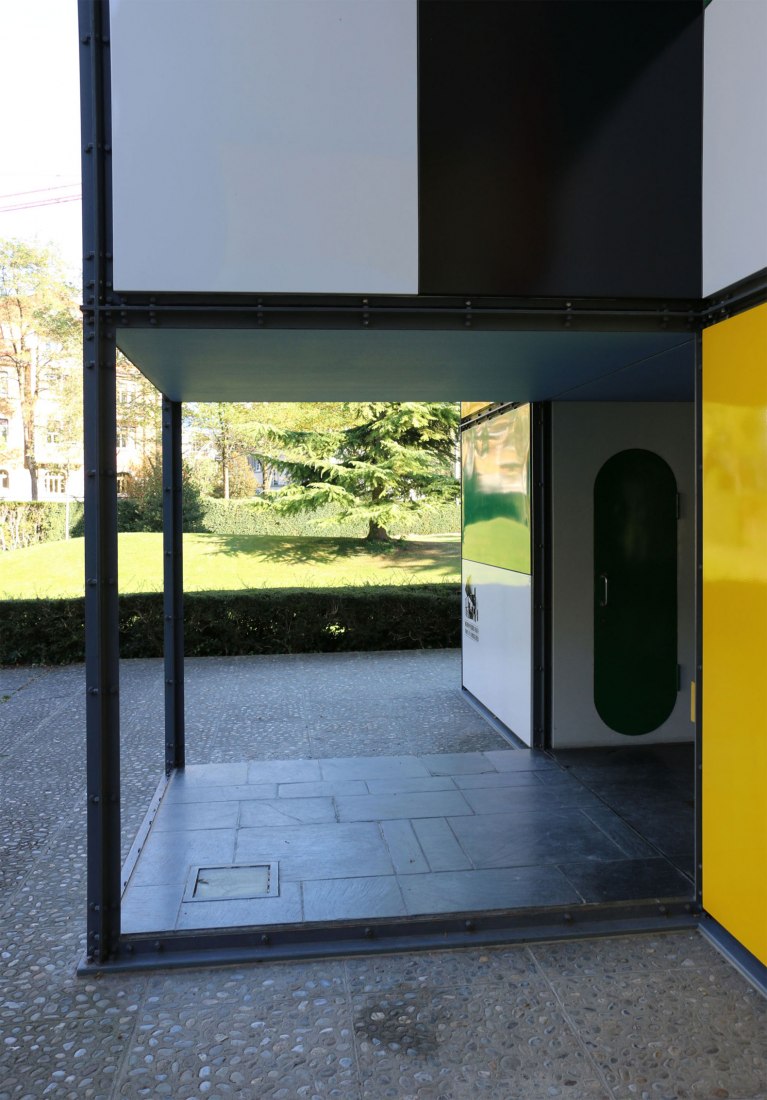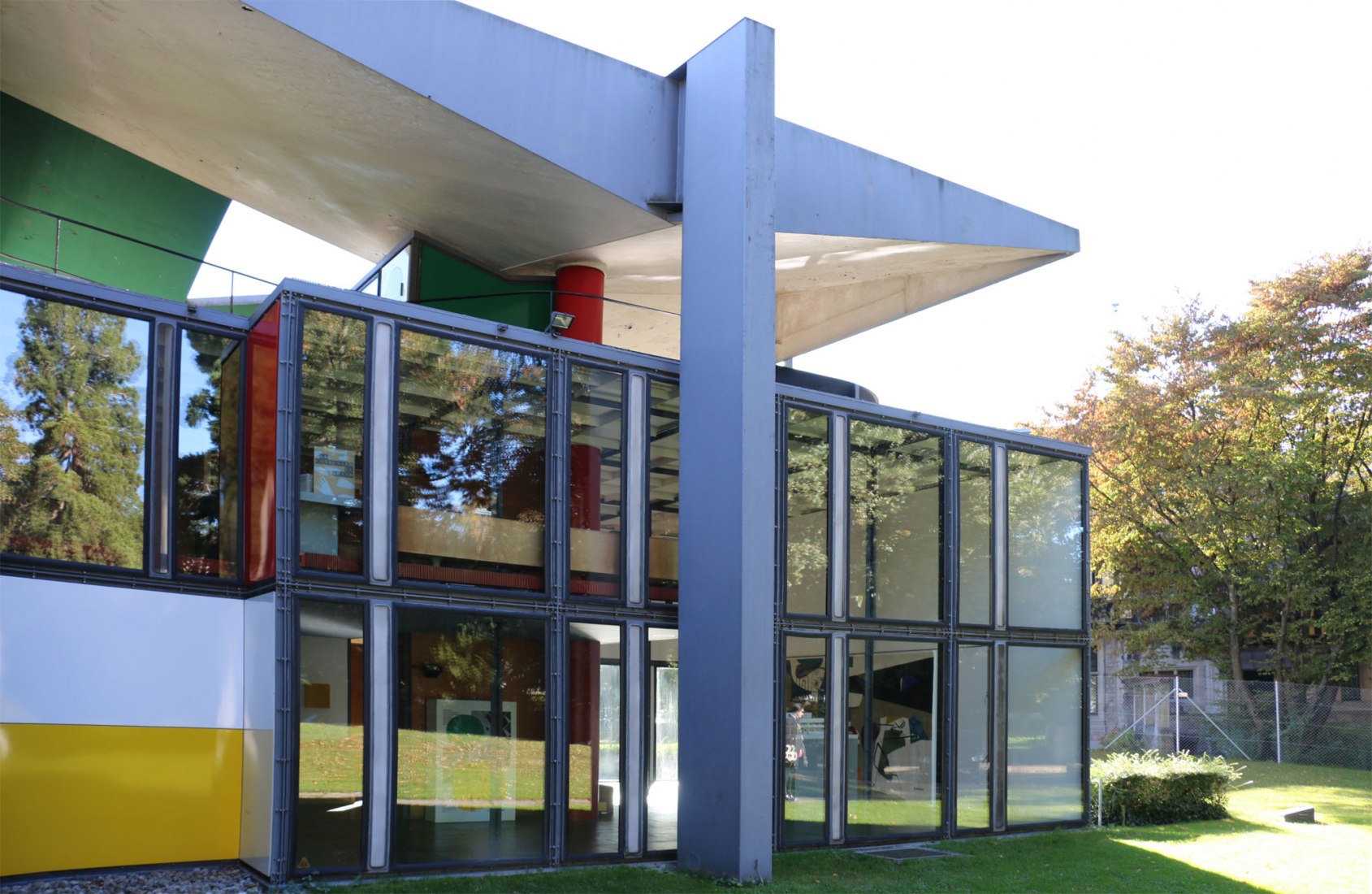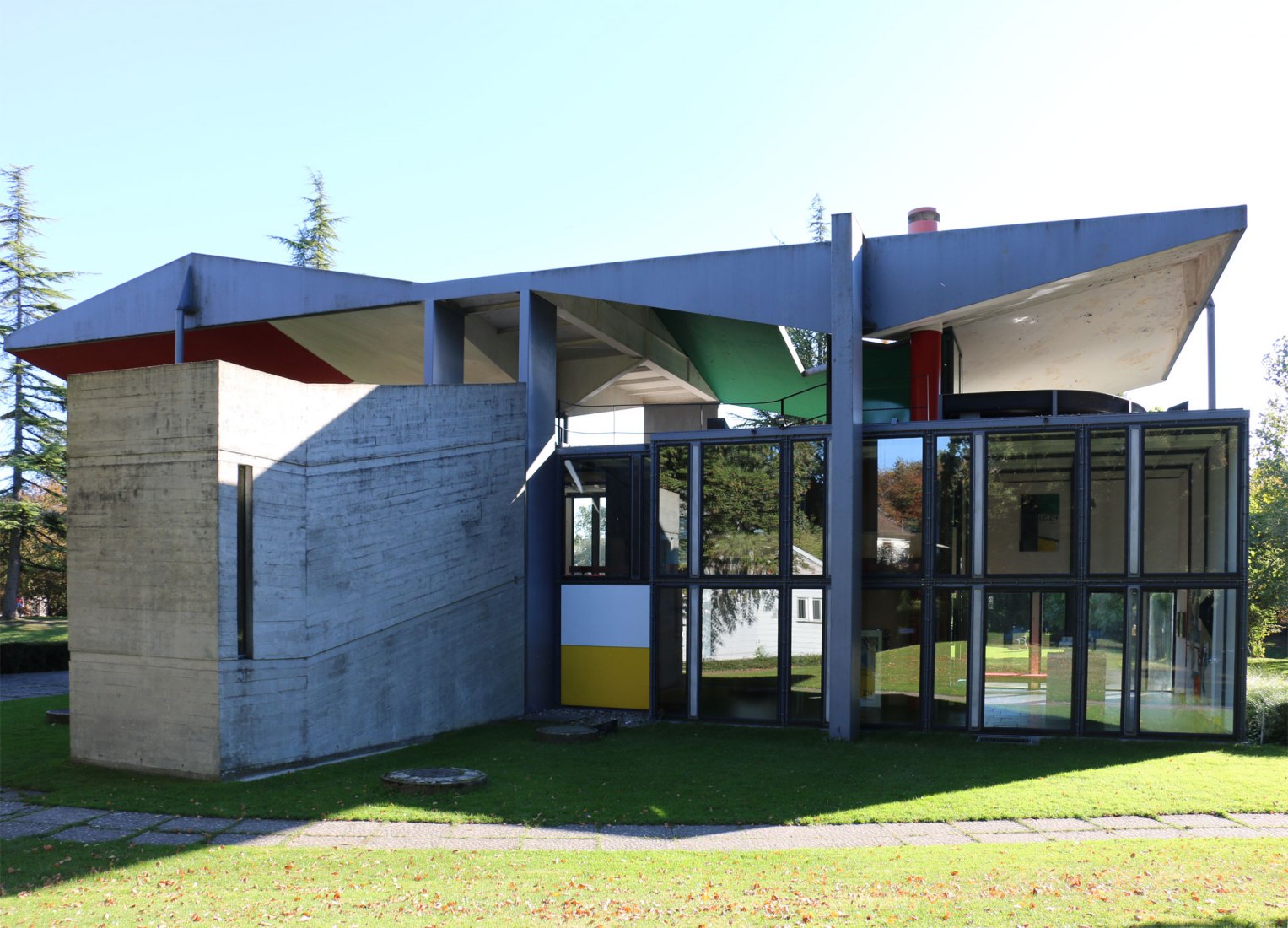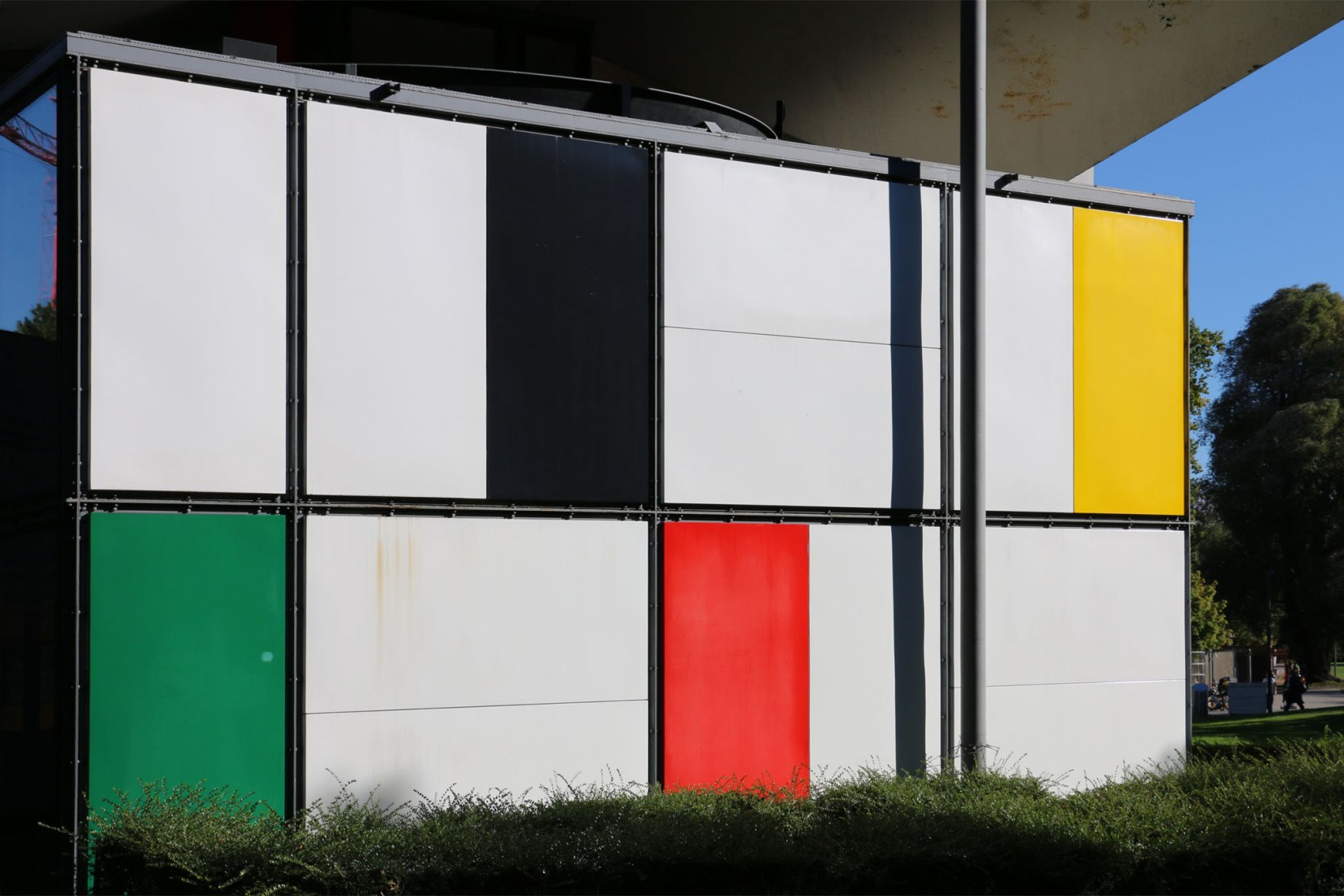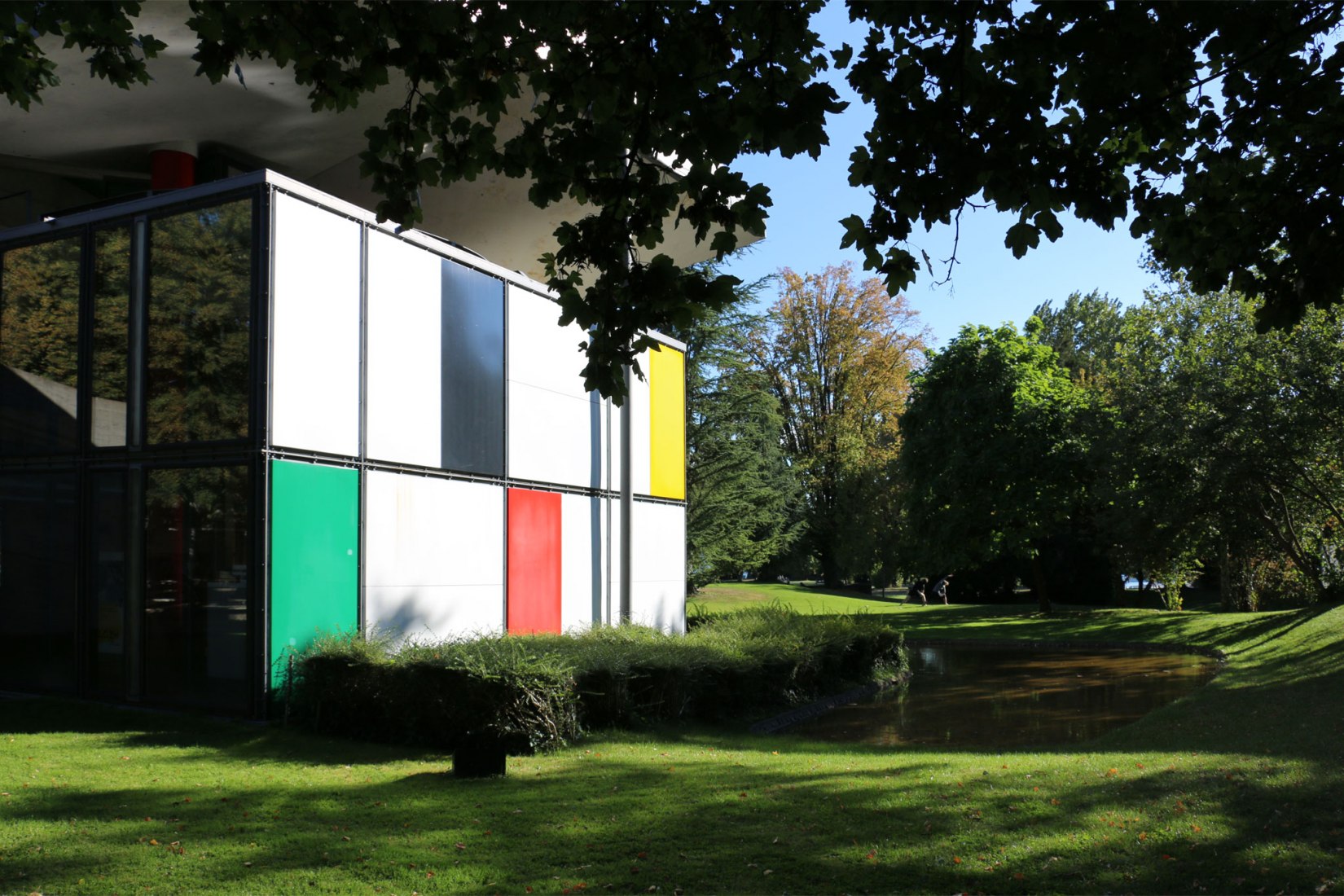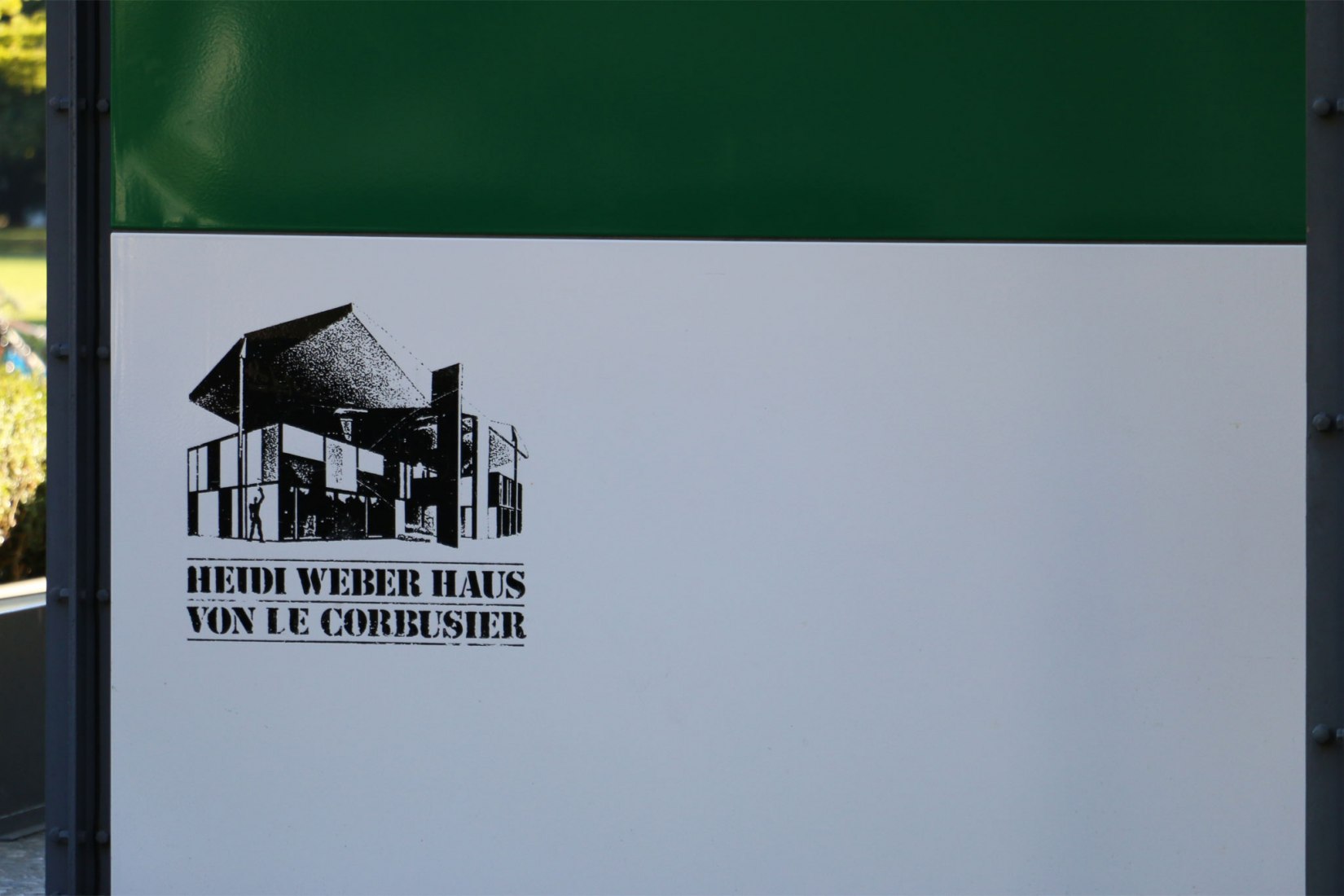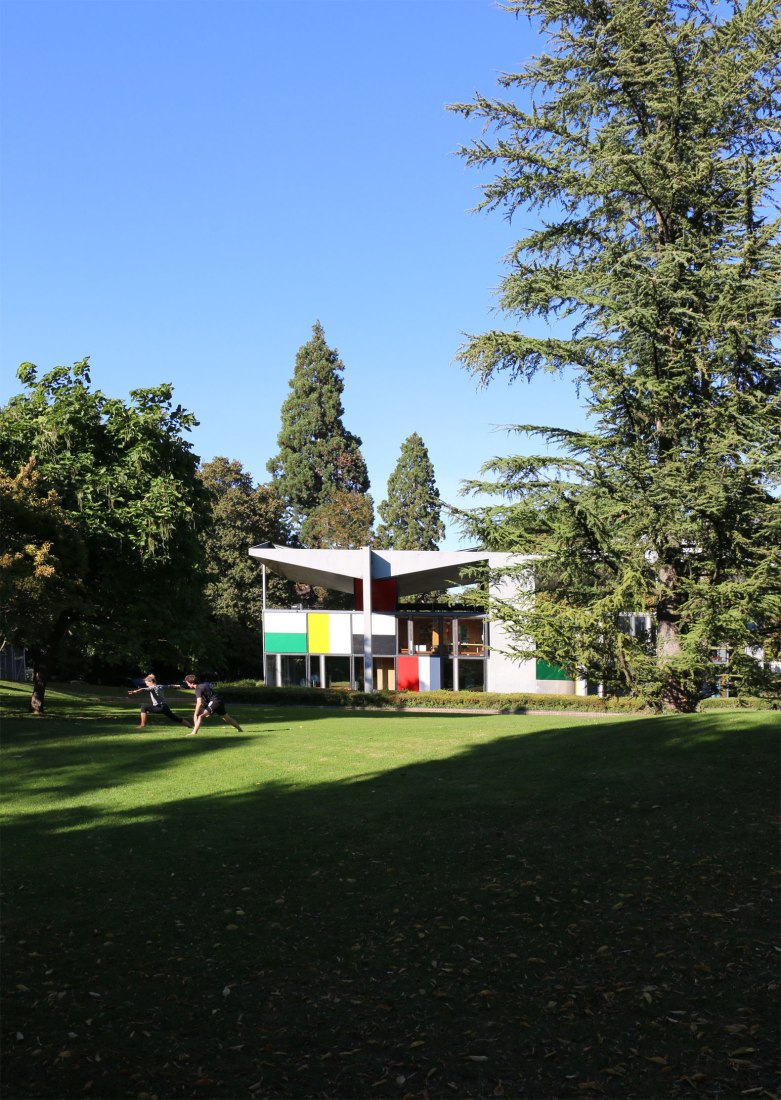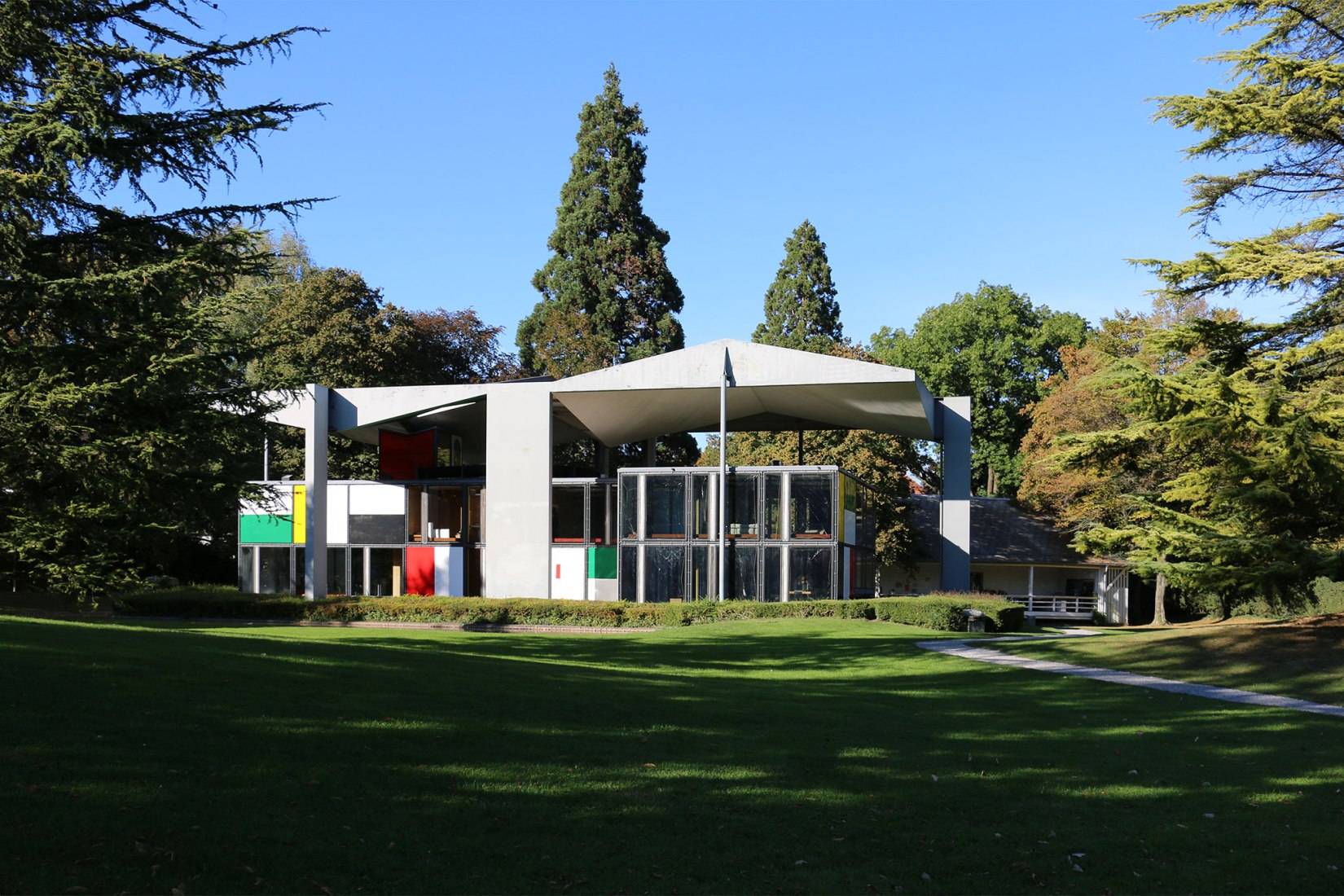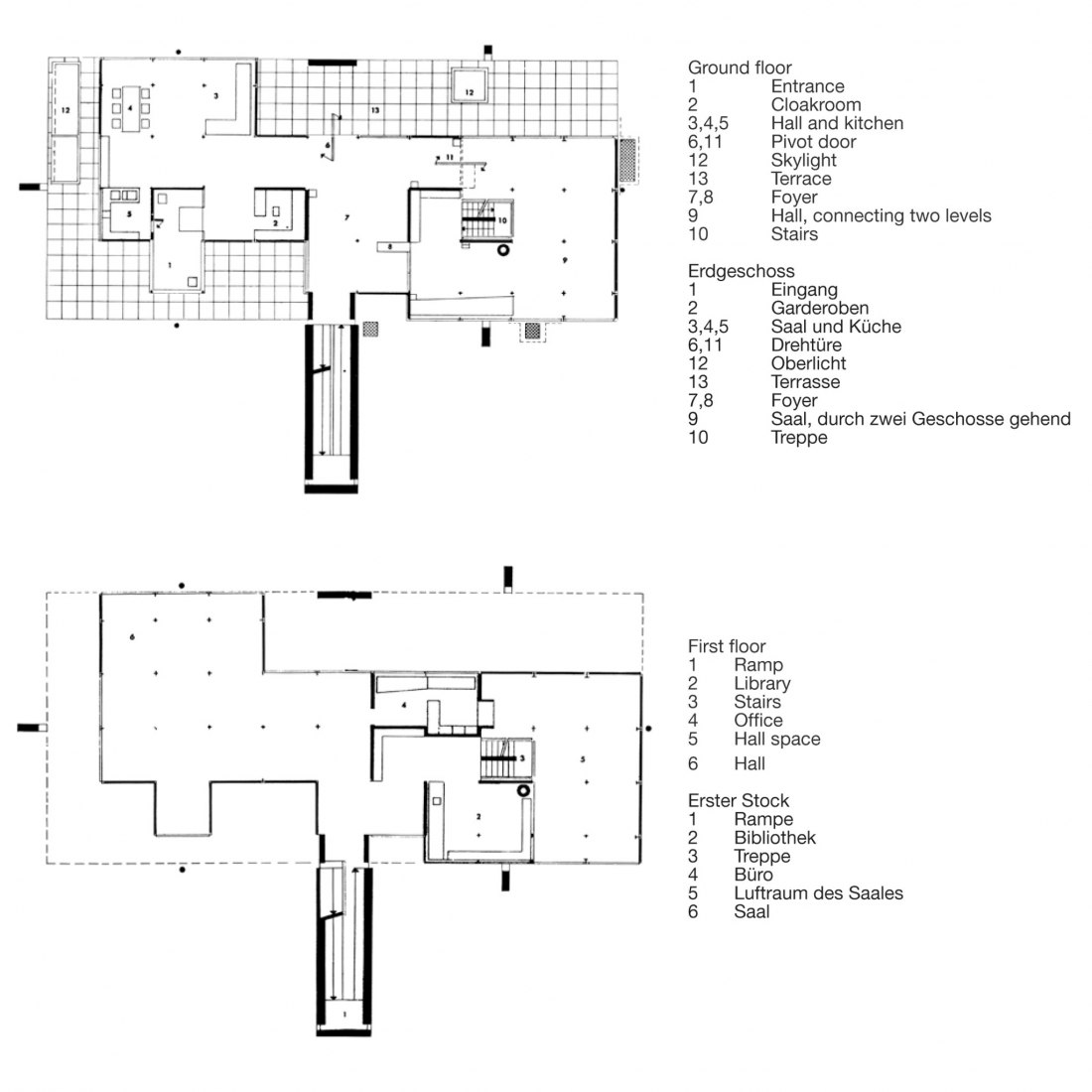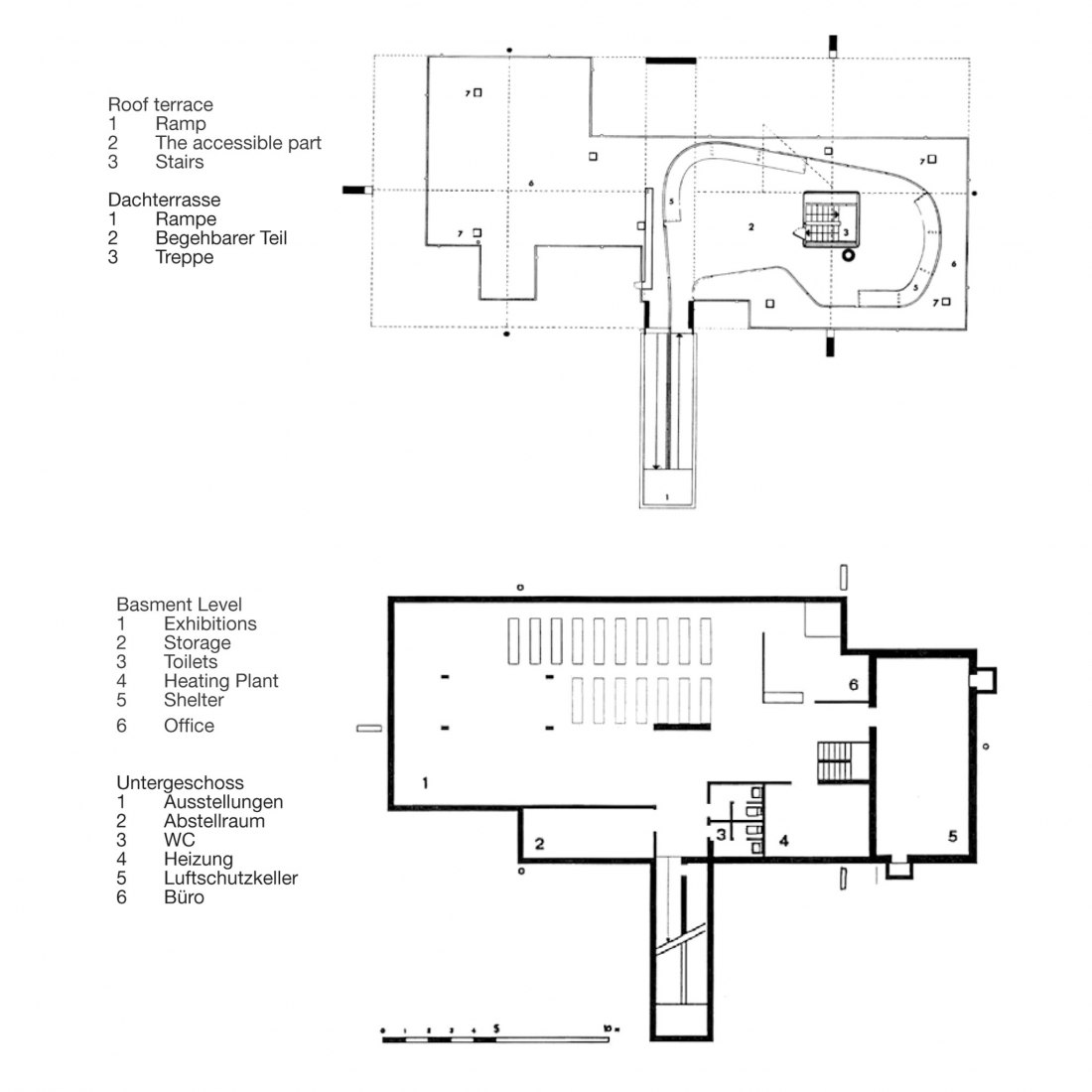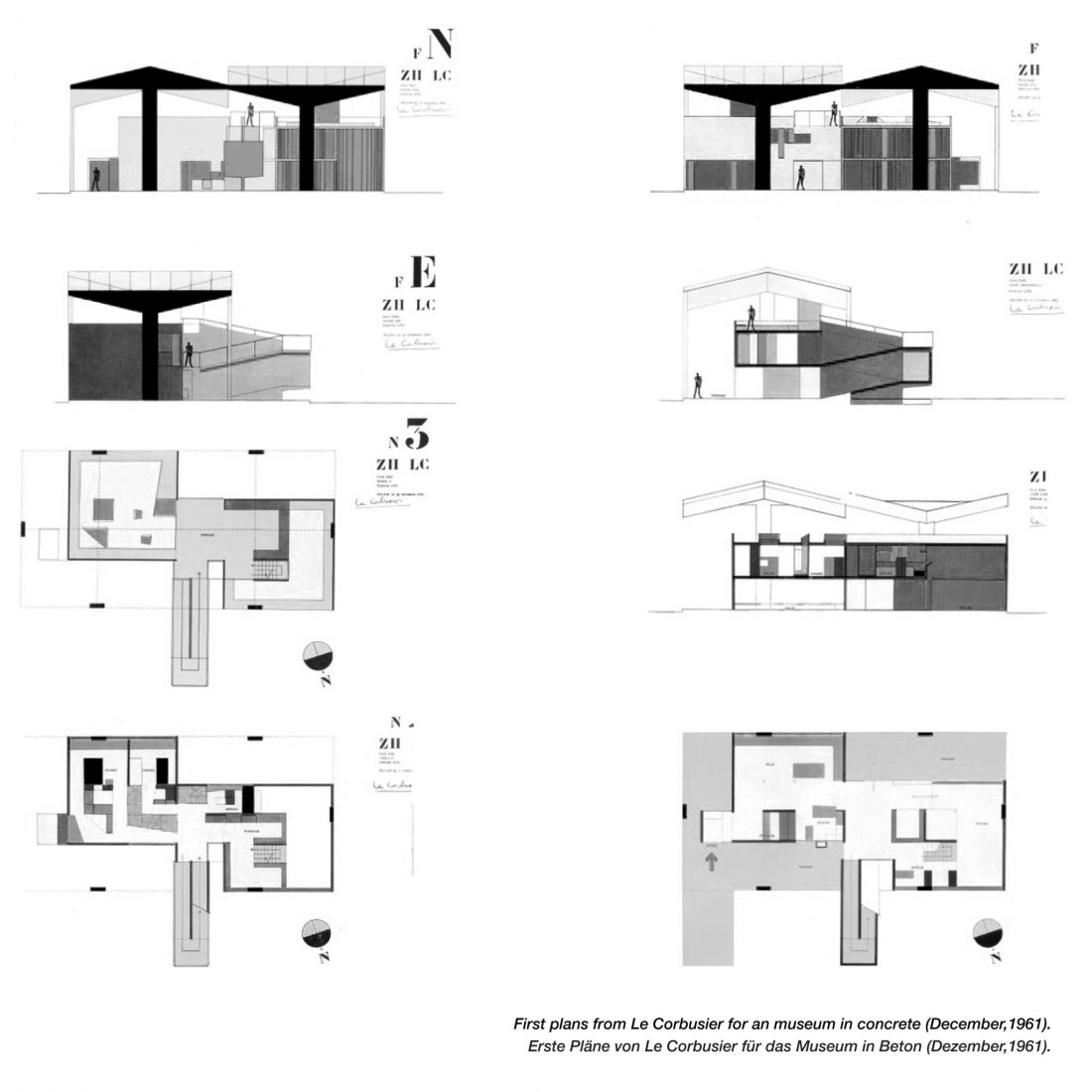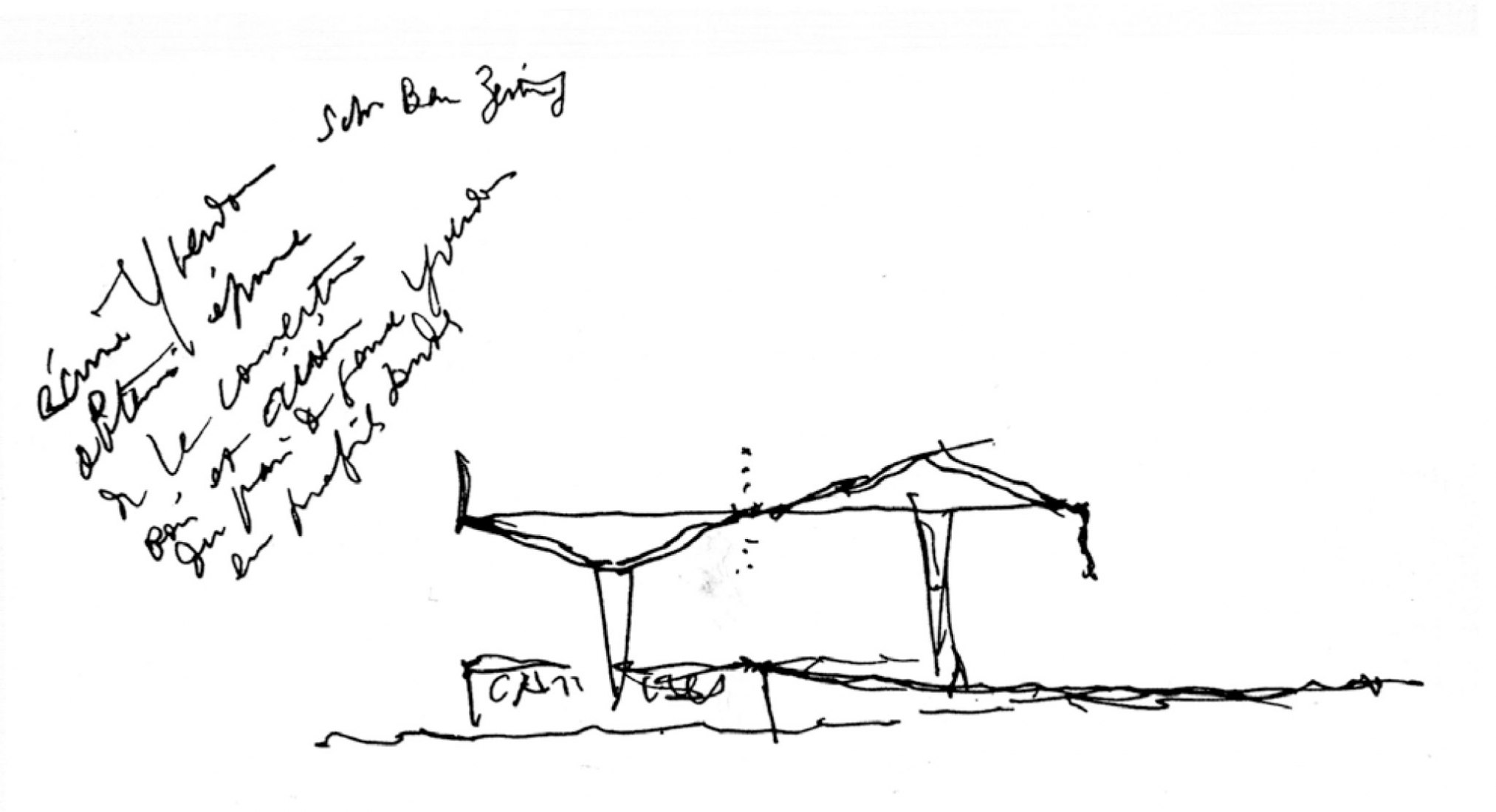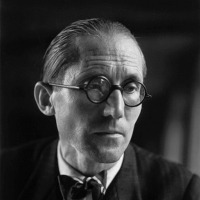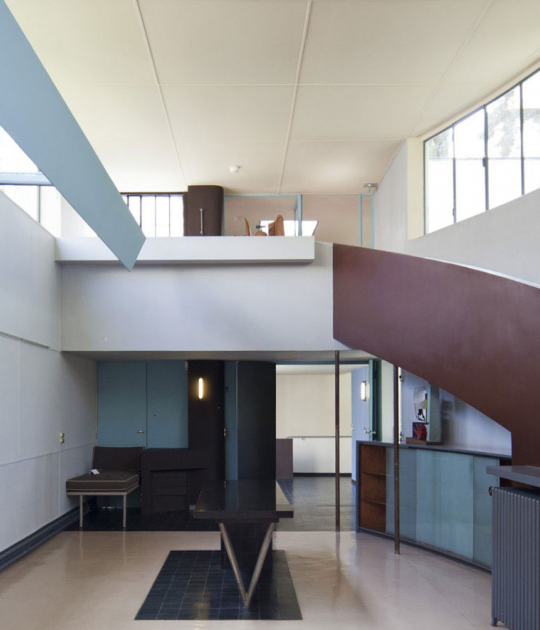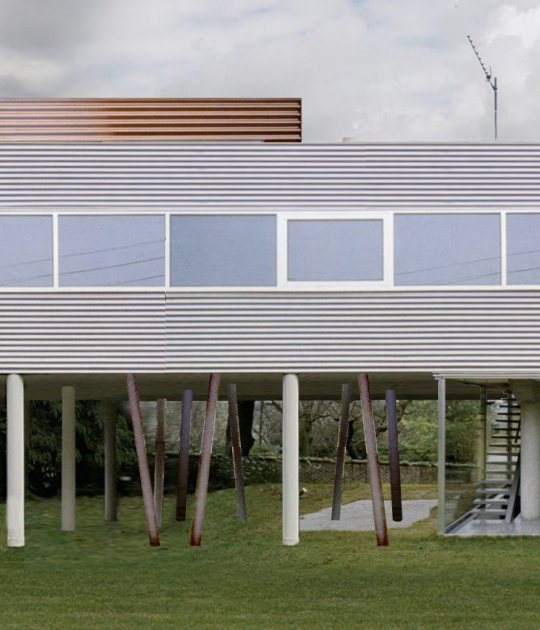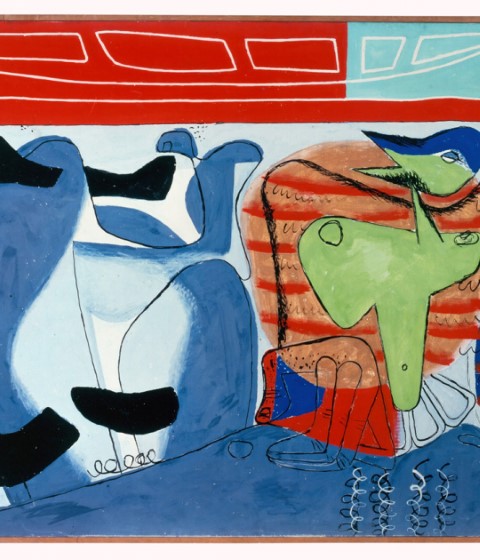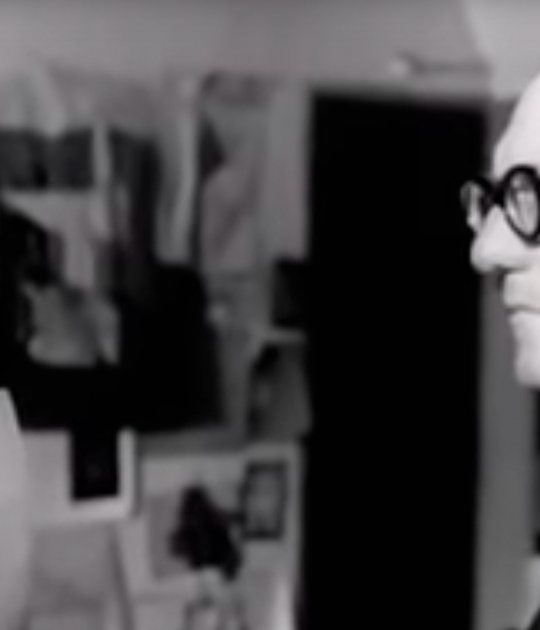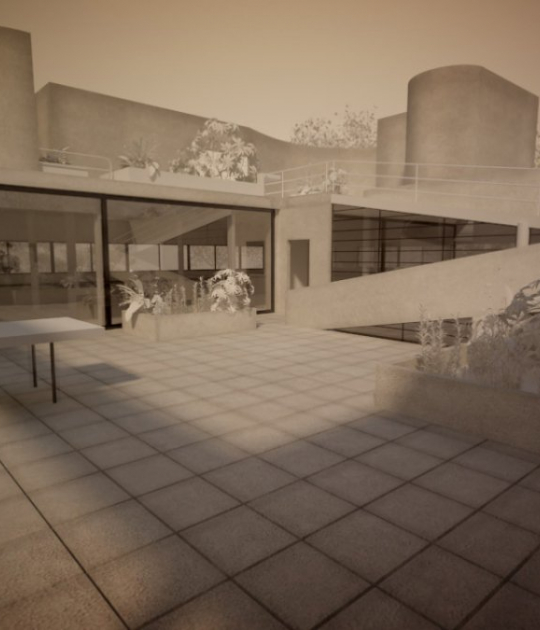Heidi Weber invested everything she had (including her own house) to finance this ambitious project.
The project
Although at first, the work was conceived in concrete by the architect himself, it is thanks to Heide Weber that the final structure is designed in steel. Since he wanted to reflect something modern, and for her the homigón already had remained in the past. It is considered one of the last projects of Le Corbusier in which lightness goes hand in hand with his technological advances.
The main idea of the Le Corbusier project is based on the roof, becoming the starting point of the construction. This, exempt from the main structure, can be considered a sculpture in itself. Therefore, the exhibition space, constituted by the Modulor-cubes, is subsequently constructed.
Roof / Roof
Once the cover is highlighted, Le Corbusier resolves the interstitial space between the roof and modules with two key "leitmotiv" of the Modern Movement. The walkable roof and its opposite, the sloping roof. With a surface of 12 x 26.3 meters, it was made with welded metal sheets 5 mm thick. It consists of two square parts, each of which is divided into four pieces designed in two tones. The final result generates a complex geometric figure where we find different slopes.
The interior space of the Maison d'Homme is under this roof and terrace system. It is a metabolic space where the modules are repeated infinitely. The cover, with its independent structure, defines the space covering the elements, marking the limits that regulate and delimiting the number of these modules, this multiplication system being controlled.
Interior space
Once the metallic structure and two cubic units are established, the space is divided into two large rooms. On the east side we find a concrete staircase that connects two floors. The west side, on the other hand, contains a double height space. On the ground floor these two wings are connected by a large corridor that can be closed or open to the south by a large door to the outside.
On the first floor, the concrete staircase organizes and divides the space, giving rise to a small office and an area understood as a library. To the east, there is a one-floor exhibition hall. This division of space will be developed by Le Corbusier later in the construction of the Citröhan House and detailed in the Unité d'habitation de Marseille.
The Ramp and the ladder
These two elements of vertical communication are key pieces in the conception of the project. Le Corbusier had already presented these two systems in several projects -The ramp used in the Villa La Roche-Jeanneret and the combination of both in the Villa Savoye-. Presenting both separately, in this project Le Corbusier understands, in his own words, "The stairs separate one floor from the other, a ramp joins them".
The project ramp starts in the basement, rising from the ground floor and continuing (from this point in the open air) to the terrace. What reminds the architectural promenade protagonist of La Villa Savoye.
The ramp, inserted in a concrete box, rises physically and metaphorically, introducing programmatically the light inside through sporadic openings until reaching a total opening on the terrace.

